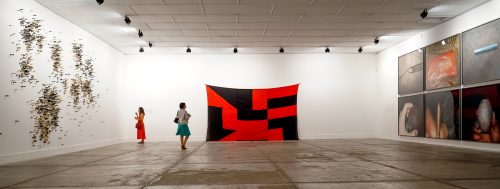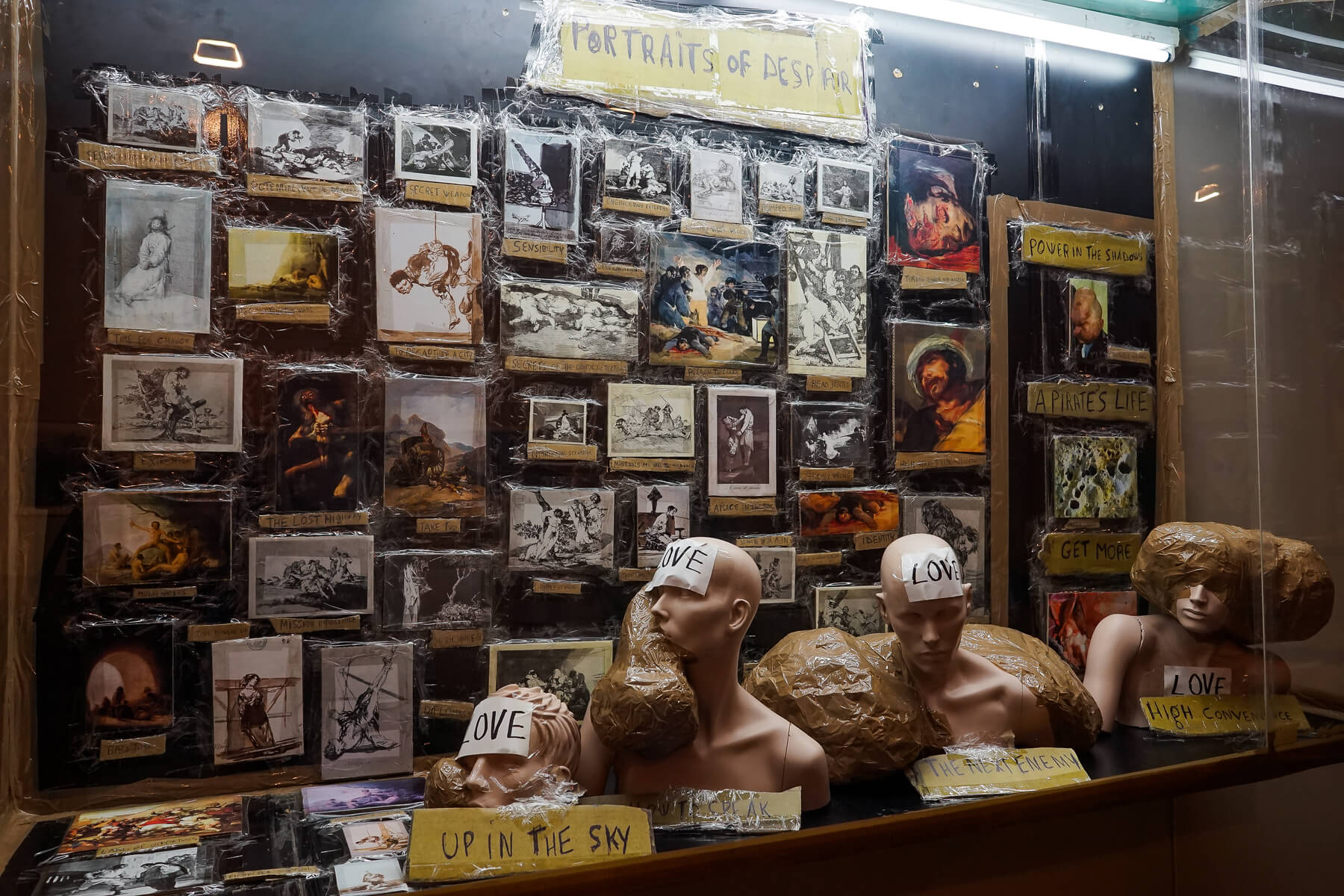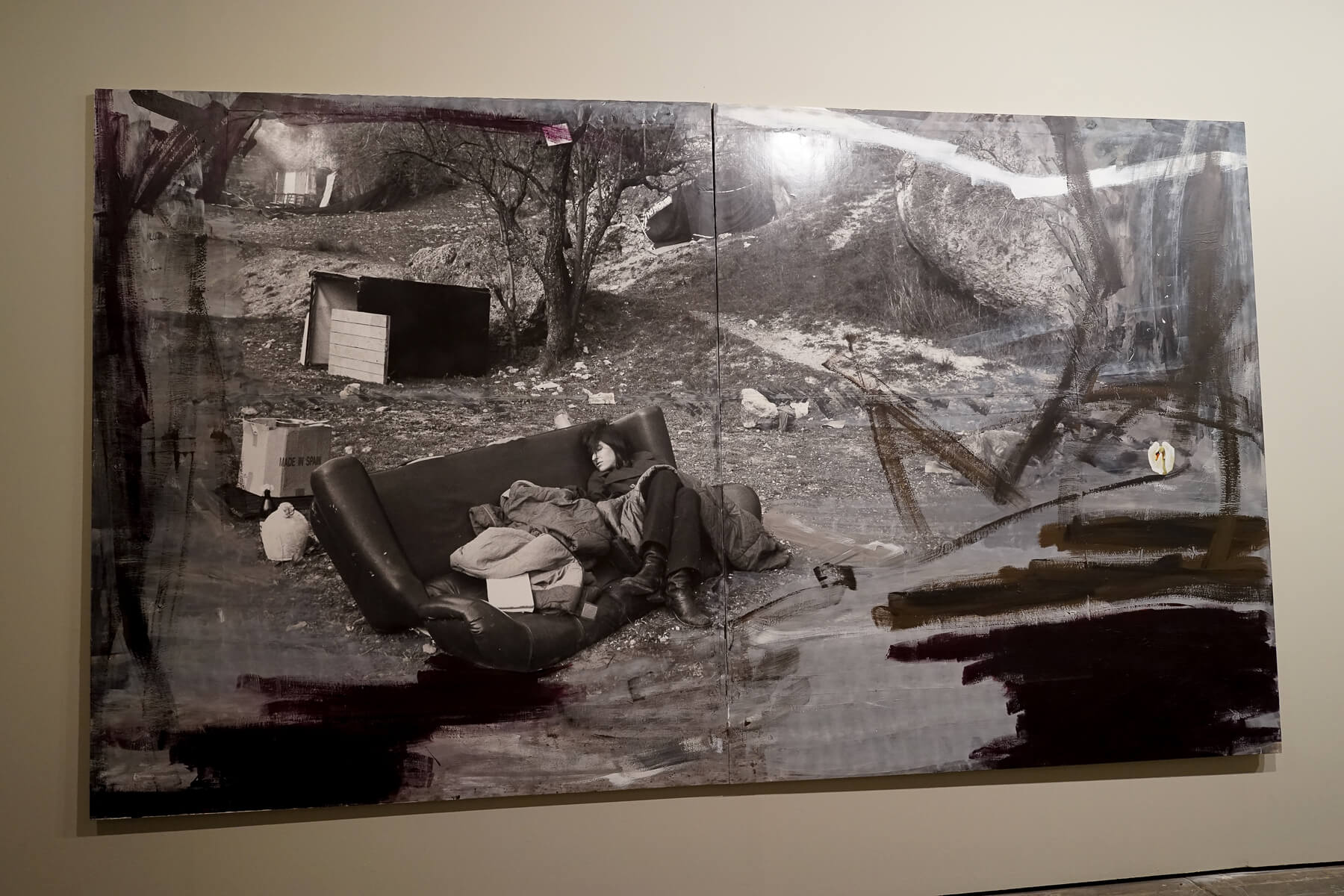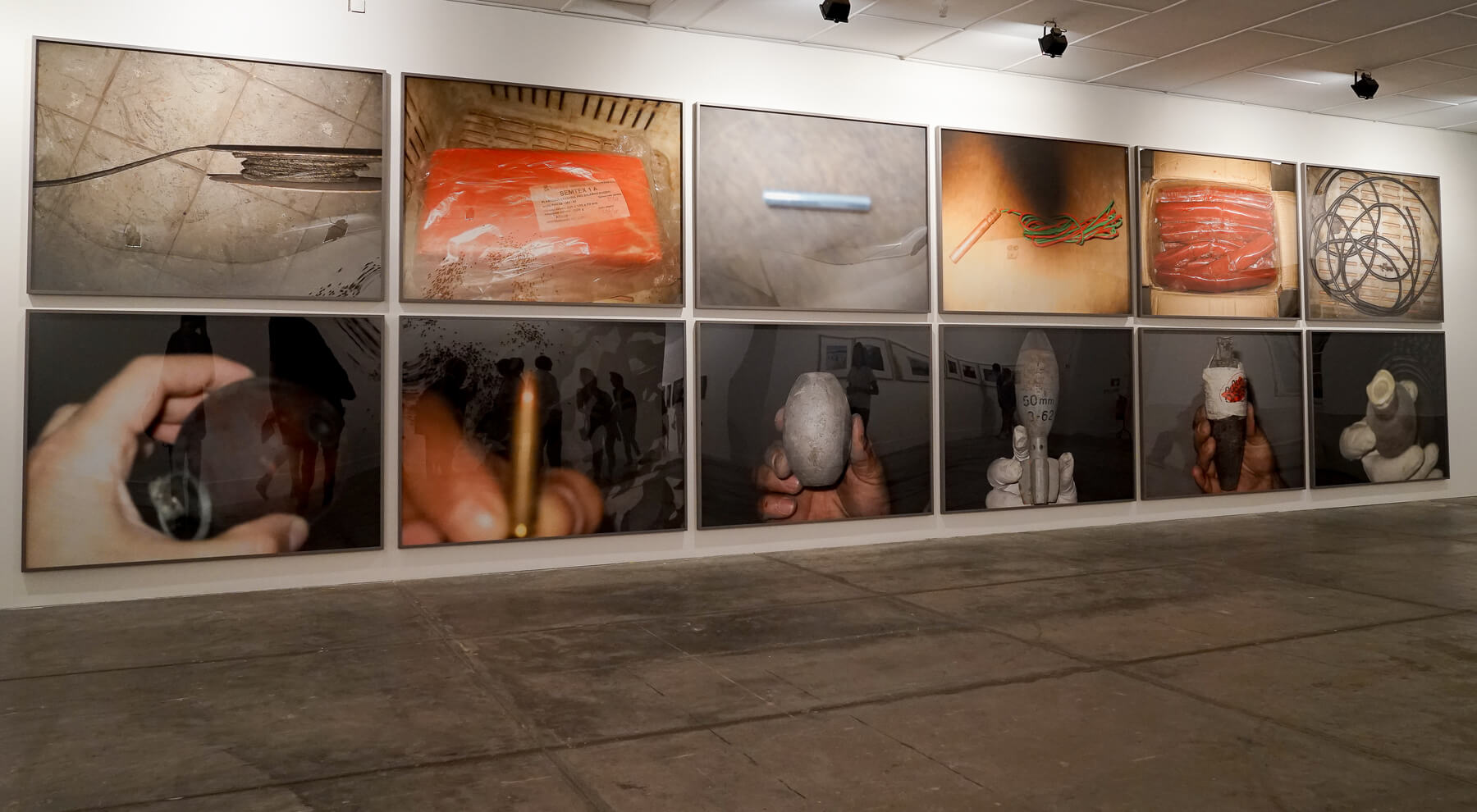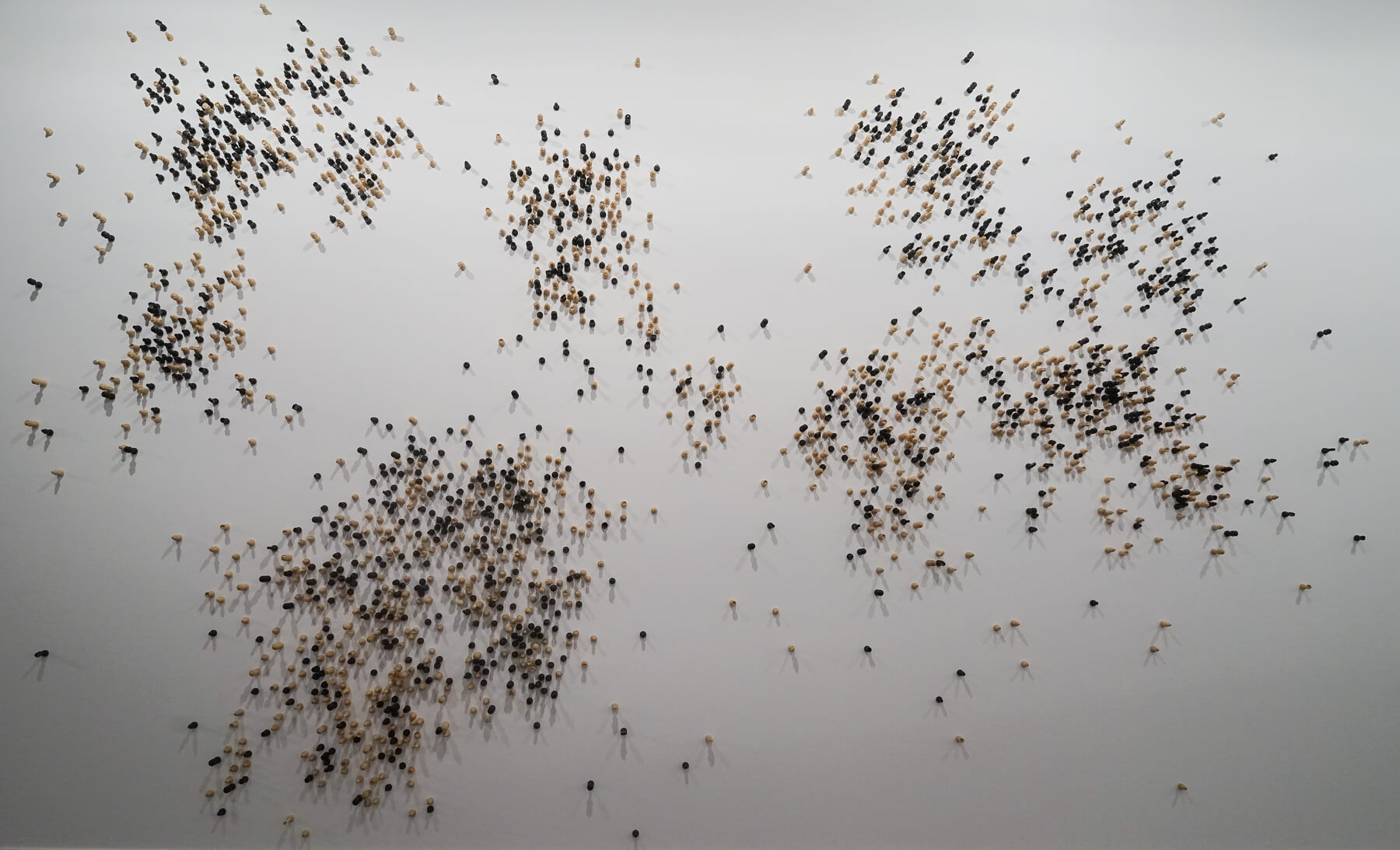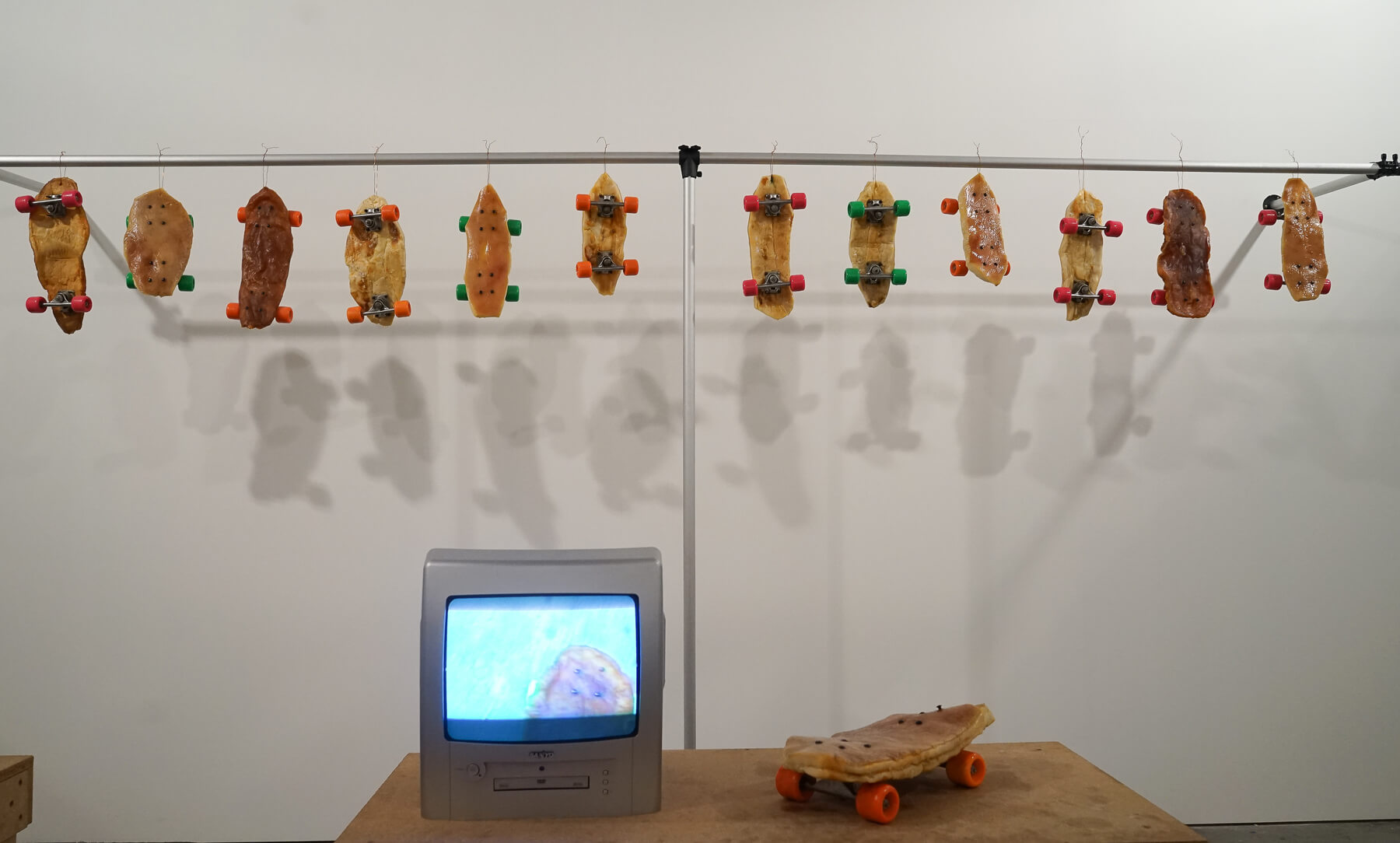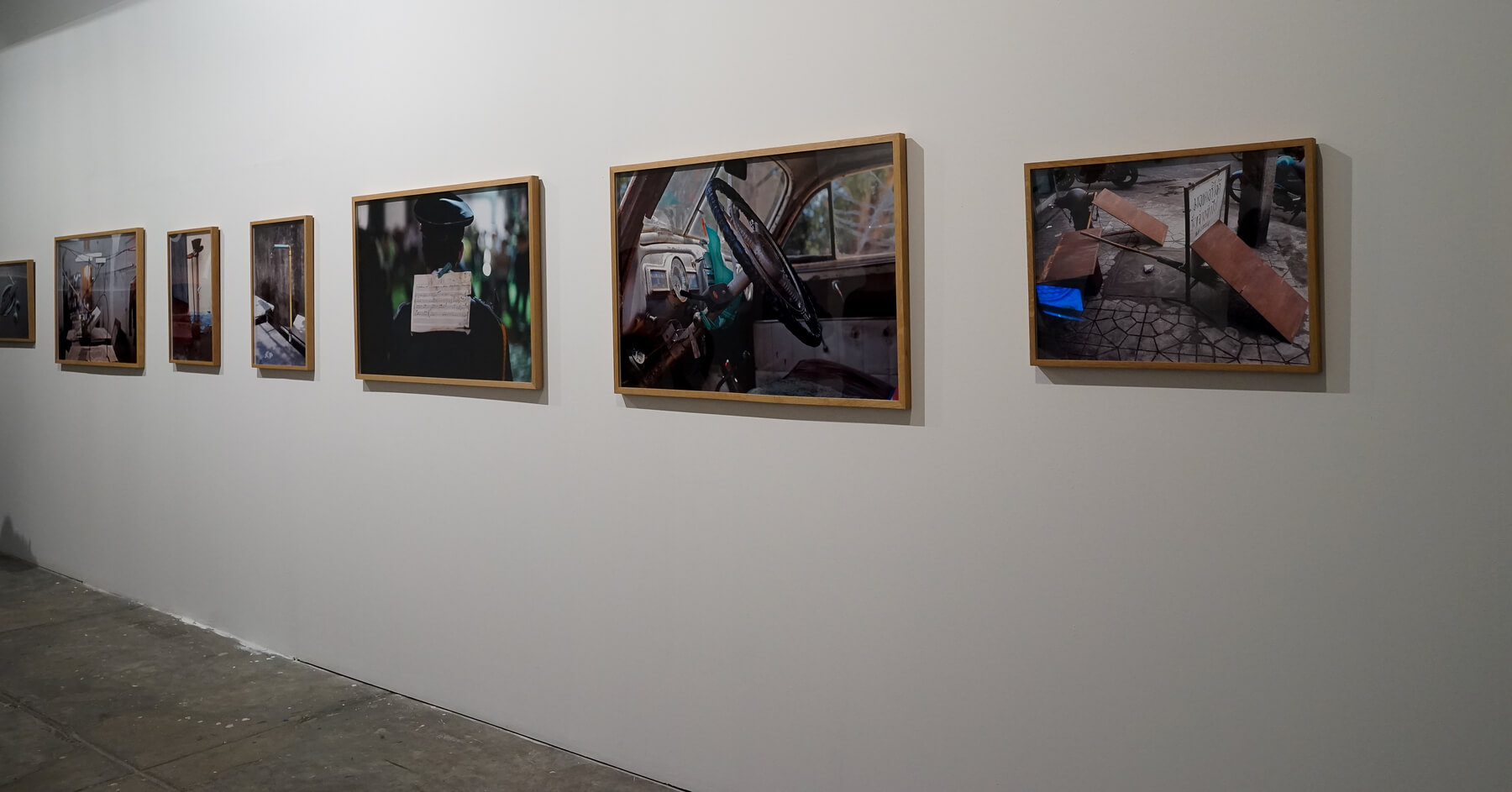– 03.12.2017
Saturday and Sunday: 2pm - 6pm
The ”la Caixa” Contemporary Art Collection has created a narrative relating works by artists of different media and with different poetic voices in order to express the multitude of aesthetic criteria in contemporary art and to reveal another way of looking at and understanding the world in which we live in. Over the past decade that narrative has broadened significantly. Art is committed to the reality, analyses contemporary society and digs down into its spatial and temporal depths, separating light and shadow.
This exhibition brings together a selection of works within this conceptual framework and contributes to the programme of Lisbon as this year’s Ibero-American Capital of Culture. The exhibition features a diversity of focuses, strategies and narratives in current artistic creation, in a world, which can no longer be understood from unique or dominant perspectives, and where Eurocentrism has lost some of its steam. With this purpose, the exhibition also displays a significant number of works by Latin American artists who, furthermore, have lent a defining shape to the narrative of social criticism in this collection.
Such works highlight the importance of the political awareness of their authors, forged in the debate of ongoing social conflicts. The exhibition also includes works by artists from other geopolitical realities who have had an impact on the drafting of a more political narrative in the collection. Trans-national connections facilitating globalisation have without a doubt had a decisive impact on the composition of the collection, which features not only artistic creations from other latitudes, but also art’s sociological reflections on the problems generated by global capitalism. The phenomenon of globalisation, the aim of which was to erase borders, has also worked to heighten social inequalities, racism, and the mass migratory movement of a growing number of dispossessed individuals, aspiring to attain a Western lifestyle of wellbeing and consumption.
Turbulence, which takes its title from the work by Shirin Neshat, is an exhibition which expresses unease and evokes those jolts which can wake us and make us open our eyes to the contradictions and senselessness of our current globalised reality. The artists who form part of the exhibition project their critical gaze in the face of the threats of a world in decomposition (Carlos Amorales), one which is leaving immigrants to their fate (Adrian Paci) and the most defenceless on the streets of the major metropolises (José Antonio Hernández-Díez). With a great ability to process their outcry aesthetically, some of the artists confront us with gender inequalities in fundamentalist societies (Shirin Neshat) or with the populist transactions of power (Carlos Garaicoa), while others provide a healthily ironic warning of the vulnerability of the current global economy (Damián Ortega) and of the erosion of nationalistic ideals (Paulo Nazareth). Art reminds us that part of humanity’s current malaise is not recent, but the fruit of distant battles, from when society expanded overseas (Bleda and Rosa); although it also calls to mind other disasters of war, recycling and giving new meaning to art images that have been immortalised by history (Thomas Hirschhorn), calling that iconography into question and speculating on the visual aspect of violence (Walid Raad), or activating intriguingly playful ideas of mob uprising (José Damasceno). Some of the works evoke political ideology, articulating an aesthetical formulation (Asier Mendizabal), and others reintroduce it by creating new fictions for those peoples whose stories have been wiped out by violence (Apichatpong Weerasethakul). Despite the shadows cast by these works, the artists present a gaze of solidarity when they reveal the humanity hidden behind marginalisation (Juan Ugalde) and forgotten objects (Gabriel Orozco), and when, leaving social prejudice to one side, they provide an evaluation of human creativity in precariousness (Cao Guimarães), even managing to originate initiatives which contribute to restoring democratic values (Marta Minujín).
The turbulent globalisation of recent decades does not stop the world from continuing to be open to collective connections, to intercultural dialogues and to free speech. Perhaps art can contribute to strengthening ties and to generating a greater awareness of the social environment, by lending it a heightened visibility, although it does not aim to provide solutions to conflicts or to carry out examinations of conscience. The artist’s critical gaze is exercised through the symbolic, the imaginary, and the poetic, and their intention is for it to be us, those viewing the works, to give meaning to their work and their reflections.
– Nimfa Bisbe, Curator
– 03.12.2017
Saturday and Sunday: 2pm - 6pm

